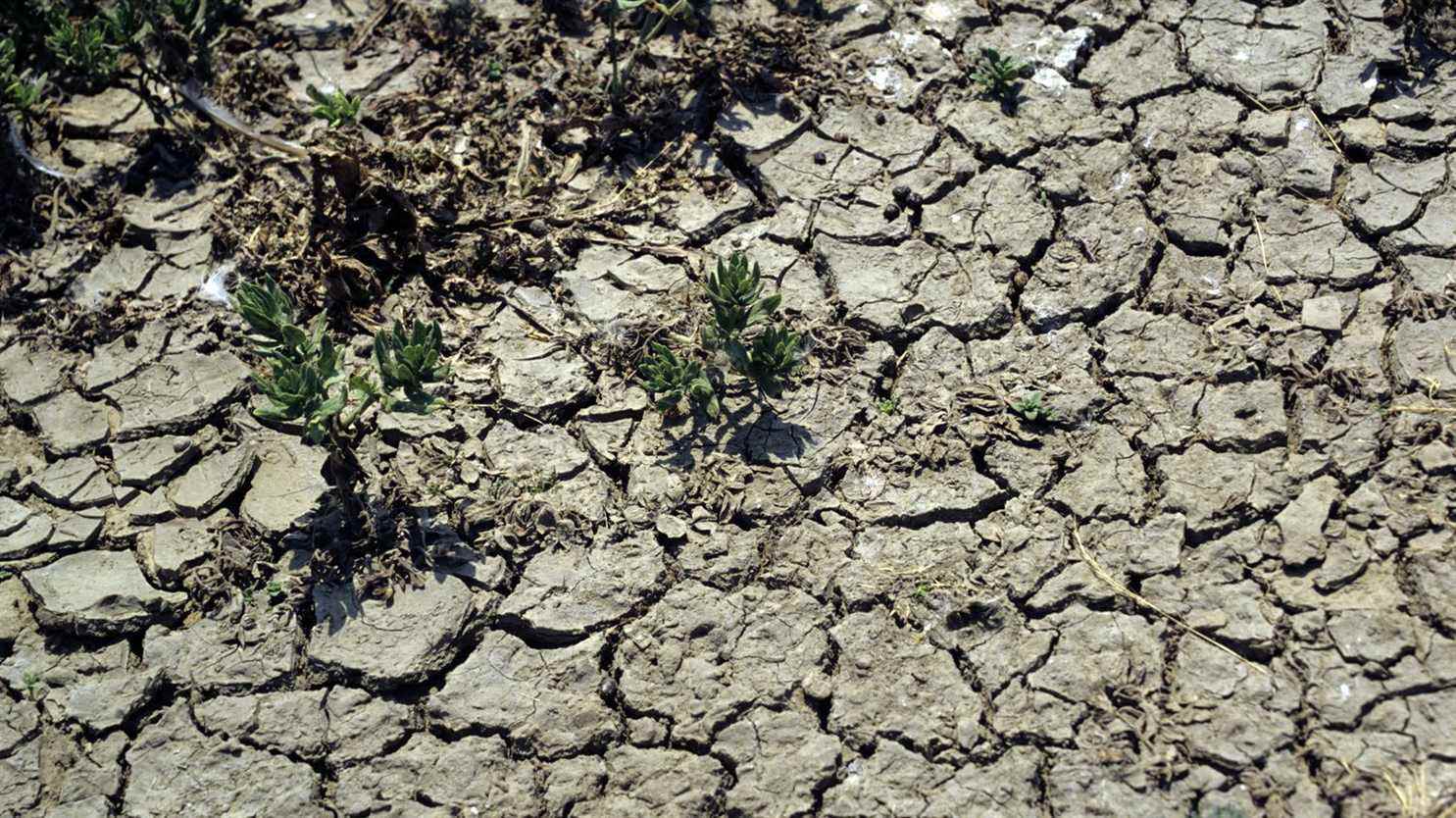With climate change, we are witnessing “a tectonics of species” which will “share their pathogens with the human species”, explained Thursday April 28 on franceinfo Jean-François Guégan, director of research at the Research Institute for Development (IRD) and at the National Research Institute for Agronomy, Food and the Environment (INRAE ), specialist in the relationship between environment and health, while a study published this Thursday in the American journal Nature assures that, in the decades to come, the world will not only be warmer, but also sicker. Climate change will push many animals to flee their ecosystems for more livable lands: by mixing more, species will also transmit their viruses more, which will promote the emergence of new diseases potentially transmissible to humans.
franceinfo: According to the study published in Nature, with climate change, the risk of disease should increase…
Jean-Francois Guegan: This is highlighted by this important work based on an analysis of exceptional data on species of placental mammals and their pathogens. In a context of climate change but also of habitat modification through the development of agriculture and livestock farming, we see species that used to be separated by physical barriers, come together and coexist. This is what I call a tectonics of species. Since these species, with all these modifications of global change, can coexist, live together in certain environments, they will also share their pathogens and in particular they will be able to share them with our species, that is to say the species human.
This evolution of the climate will push species to change their habitat, to rub shoulders with different environments, each time with the possibility of contracting new viruses…
It is what this analysis highlights that quantifies it. But we are currently experiencing it every day. And this phenomenon started about 40 or 50 years ago. We are going to have changes in the habitats of species, many more encounters between certain species which, in the past, only had one place to coexist. But all of these global change phenomena now allow them to meet and also to exchange the microbes they carry.
The study predicts at least 15,000 cross-species viral transmissions that could occur in the near future. Is that a lot?
Of course, that’s an incredible number. But there are many more failed transmissions. And the failures, we cannot measure them against successes which can give rise to the pandemic responsible for the Covid-19 currently.
Is it possible to estimate, to define the transmission of viruses to humans?
It is still something very difficult. But we are able to do this from the analysis of certain genomes of viruses or bacteria, to see their potential for exchange and transfer to the human species. But more and more, we notice that all shots are allowed. That is to say that we observe more and more passages from animal to human, from human to animal, but also towards plants. You have an enormous amount of plant microbial agents that are capable of crossing over to animals and humans and producing current diseases and future infectious diseases of tomorrow. These passages are increasingly important. And they are much more possible today than yesterday, quite simply by this new coexistence, this tectonics of species which is occurring. It will give other solutions to microbial agents to be able to make multiple passages, in particular towards the human species. And therefore more risk.
